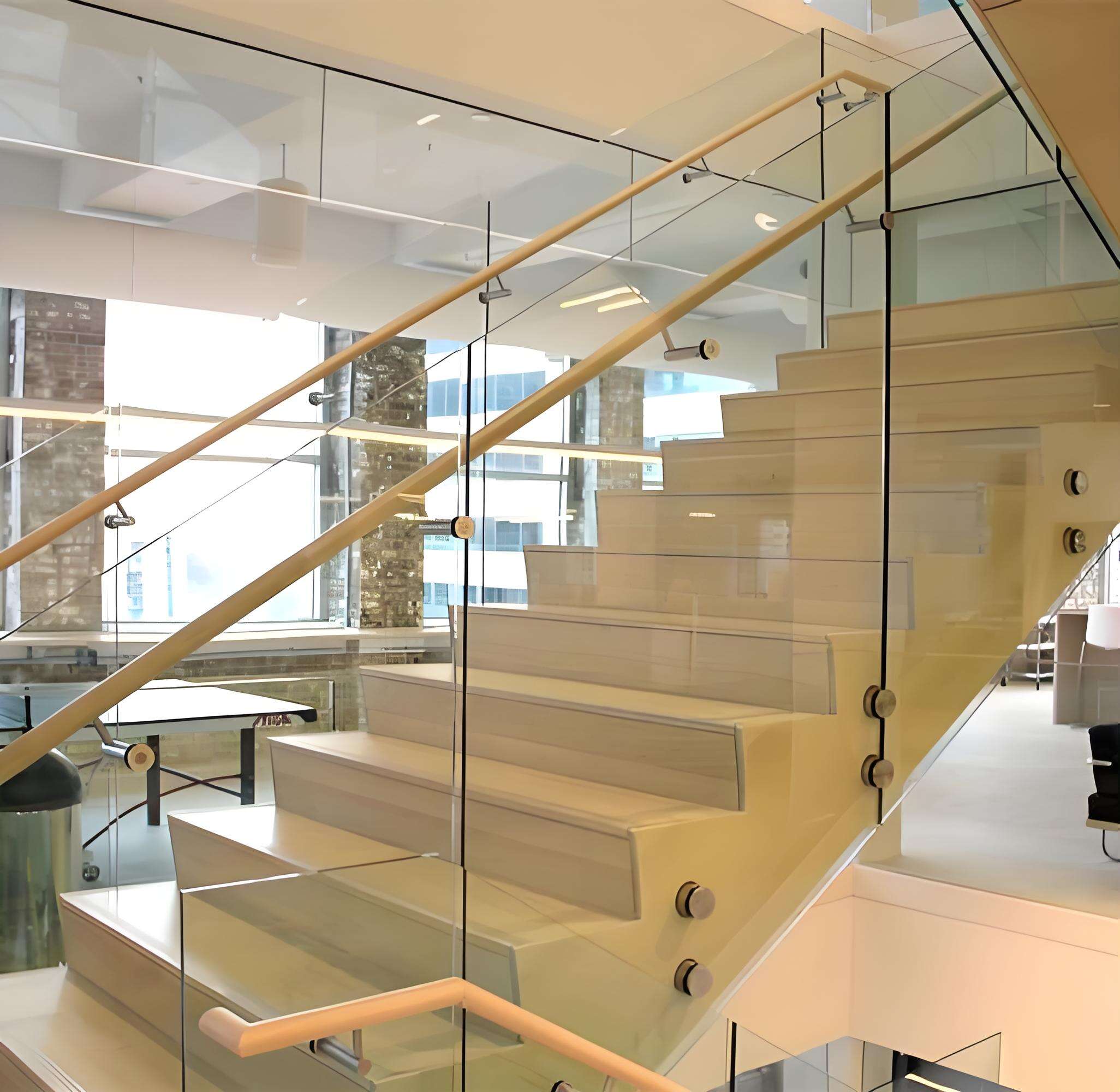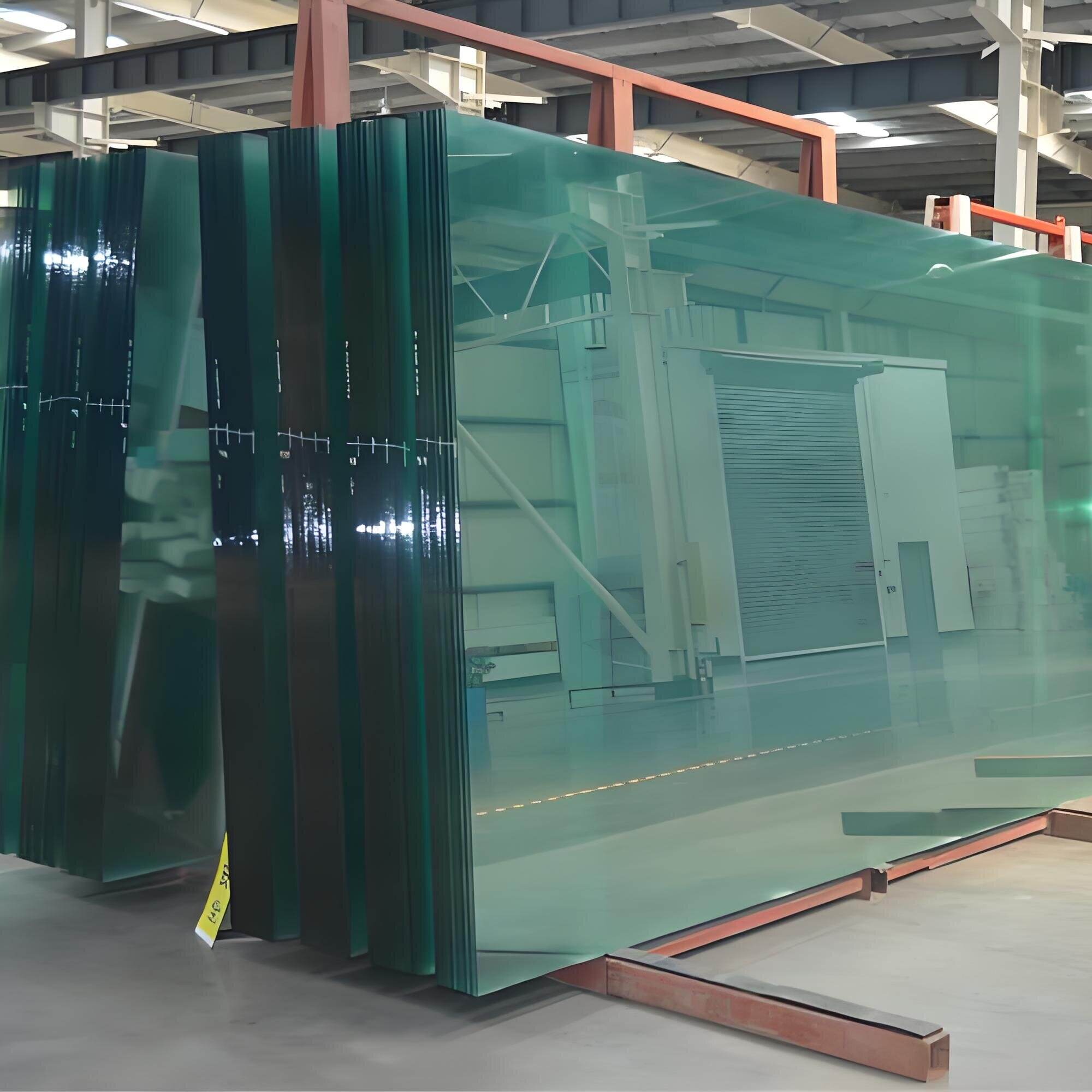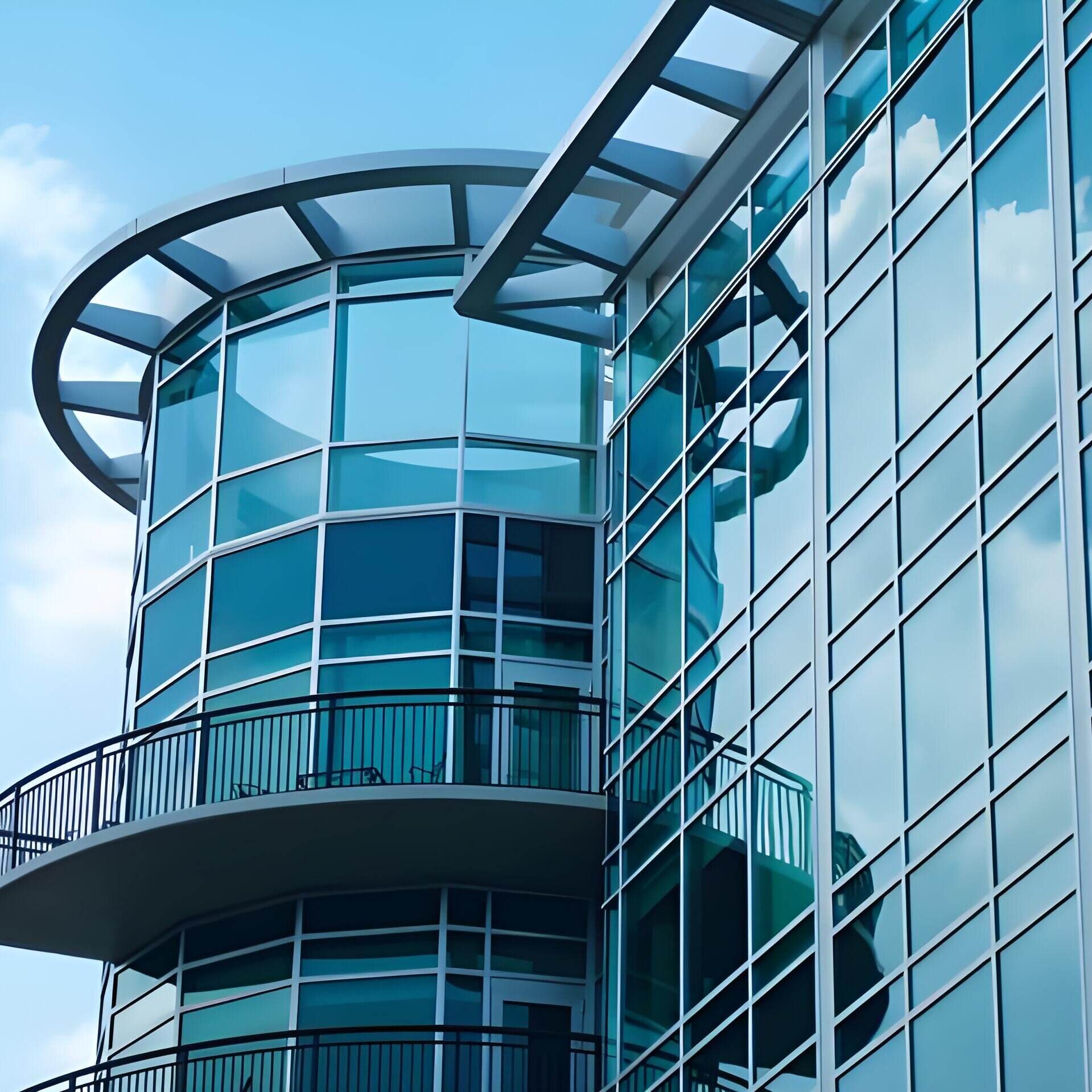curved insulated glass
Curved insulated glass represents a revolutionary advancement in architectural glazing technology, combining aesthetic appeal with superior thermal performance. This specialized glass product consists of two or more curved glass panes separated by a spacer and sealed to create an insulating air space. The manufacturing process involves precise heating and bending of glass sheets while maintaining strict quality control to ensure optimal optical clarity and structural integrity. The curved design not only adds a dramatic architectural element but also provides enhanced strength due to its geometric properties. These units typically incorporate low-E coatings and gas filling between panes to maximize thermal efficiency. The versatility of curved insulated glass allows for implementation in various applications, from modern commercial facades to residential panoramic windows. Its unique construction provides superior sound insulation while maintaining excellent thermal properties, making it ideal for creating comfortable indoor environments. The glass can be customized in terms of radius, thickness, and coating options to meet specific project requirements and performance standards. This advanced glazing solution effectively addresses both aesthetic and functional demands of contemporary architecture, offering a perfect balance between design freedom and energy efficiency.


